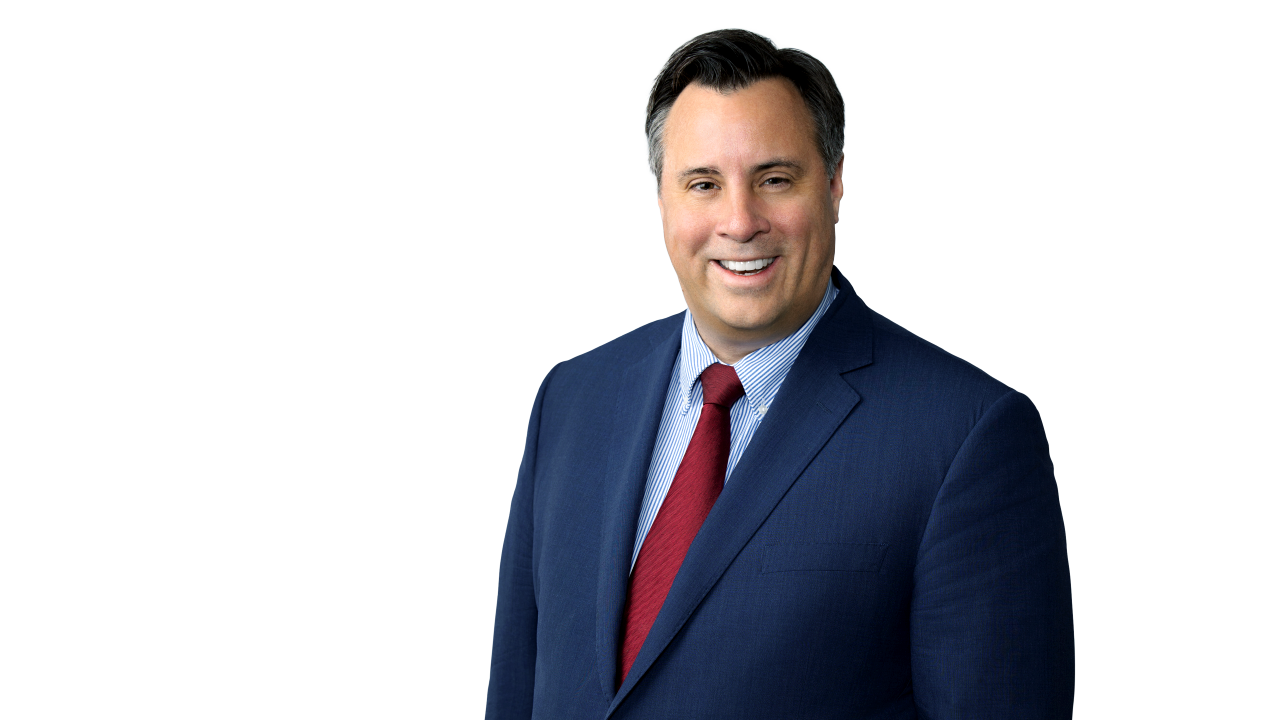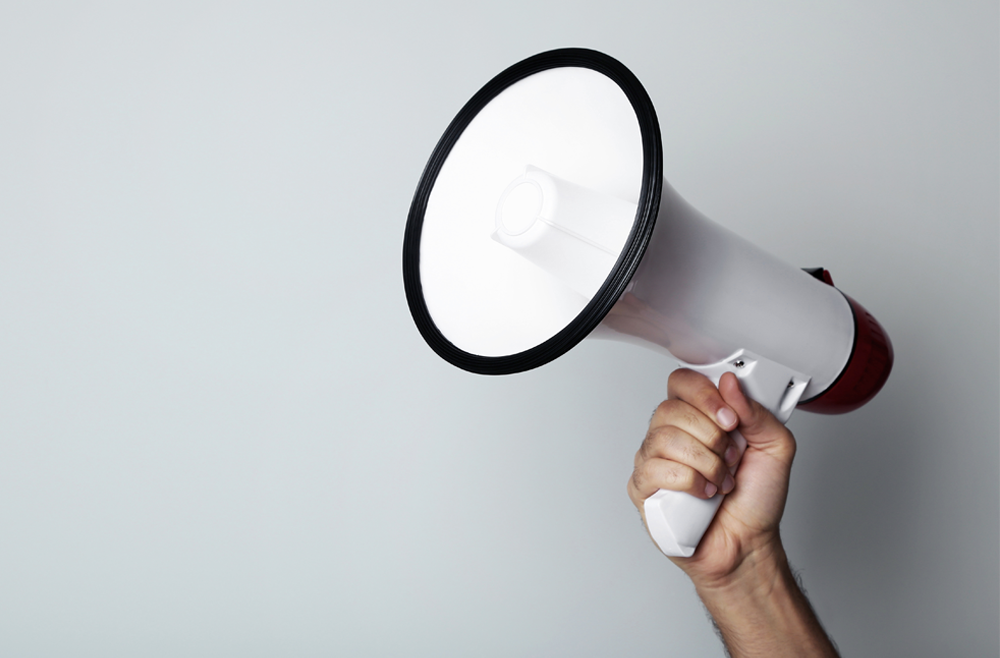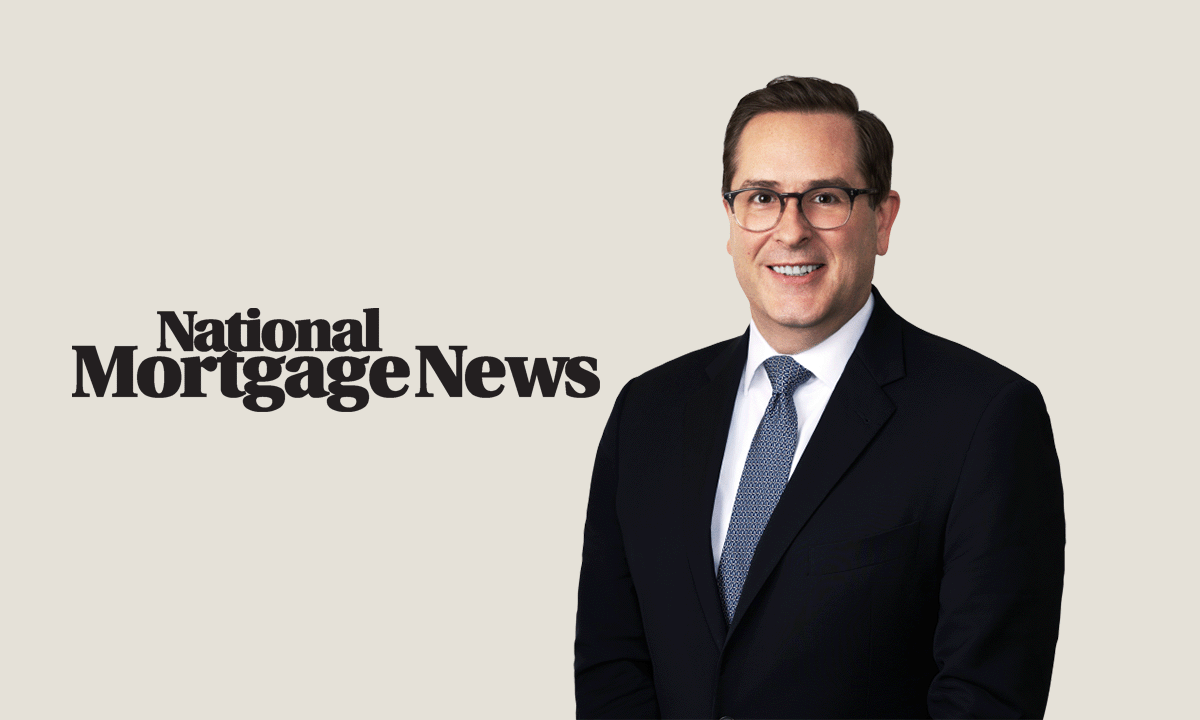ADA Guidance for Dental Healthcare Providers Returning to Work
Healthcare Alert | 4 min read
May 8, 2020
The novel coronavirus, COVID-19, has brought unprecedented challenges to all healthcare professionals, and dental healthcare providers are no exception. The practice of dentistry involves the generation of an aerosol containing droplets of water, saliva, blood, and microorganisms, all of which have the potential to be transmitters of infectious agents. Anytime you use a highspeed handpiece, an air/water syringe, or a Cavitron, you create this colloidal suspension of particles in the air, which at this time can contain COVID-19 particles. The very nature of treatment places those in this field with one of the highest risks for COVID-19 exposure.
At the start of the pandemic, the dental community responded by ceasing all non-emergency or non-urgent cases. As some states consider reopening, the American Dental Association (ADA) has given guidance to providers returning to a more normalized practice. A must-read for all dental practitioners, the ADA Return to Work Toolkit includes:
- A "Welcome Back" Reassurance Sample Letter;
- A Pre-Appointment Screening Process Checklist;
- In-Office Patient Registration Procedures;
- Staff Protection Strategies; and,
- A Shopping List of products and supplies including necessary PPE.
While the ADA toolkit is an excellent resource, some details that must be left up to the professional judgment of each provider. Dental practices that have had the same protocols in place for decades, for example, will need to adapt quickly in order to ensure social distancing in an office setting along with the stringent use of personal protective equipment (PPE) in the clinical setting. Those protocols must be fluid and dynamic, dictated by new scientific data accumulated from models around the world which are resulting in new recommendations. When in doubt, providers should look to the guidance and recommendations from the Center for Disease Control (CDC) and the ADA, as well as state dental organizations and local health departments for specific locality guidelines.
The first line of defense will be your staff. New protocols should be in place to make sure staff members stay home if they feel ill, take their temperature before coming to work, wear face masks, and practice physical distancing as much as possible in the office. Staff should also be trained on a new pre-appointment screening process which will include asking the patient a series of questions before they come in. At this time, those questions should include:
- Have you been in close contact with a confirmed case of COVID-19?
- Have you been tested for antibodies to COVID-19?
- Are you experiencing a dry cough, shortness of breath, or sore throat?
- Have you had a fever above 101 degrees in the last 14 days?
- Have you had new loss of taste or smell?
- Have you had vomiting or diarrhea in the last 24 hours?
A positive response to any of these questions should lead to a deeper discussion with the dentist before scheduling the appointment. If there is evidence that the patient has a possibility of being positive, the patient should be referred for testing to confirm. If you are able, it may be a good idea to include these questions and further instructions for patients to access these new pre-appointment protocols on your website and have patients fill out forms online prior to their arrival. Moreover, you may wish to update your informed consent, or even have a separate informed consent specific to COVID-19.
The staff should also inform patients to take their own temperature before arriving. Additionally, they should let patients know that their temperature will be taken upon arrival to the office, and you may consider rescheduling routine appointments if the patient's temperature exceeds 100.5 degrees.
If at all possible, a "parking lot" waiting room should be employed where patients remain in their vehicle and communicate with the receptionist on their phone. Hand sanitizers should be available throughout the office, and patients may be required to wear face masks while in the office up to the point of receiving dental care. Finally, the staff should amend their normal discharge instructions to include a reminder to contact the office if the patient experiences any signs or symptoms of COVID-19 within 14 days of their appointment.
In the clinical setting where social distancing is impossible, providers must be vigilant in using PPE and limiting the amount of staff in this area as much as possible. Providers should review the OSHA PPE standards (29 CFR 1910 Subpart 1) and demonstrate an understanding of the use of such equipment. Further, providers should use their professional judgment to employ the lowest aerosol generating process possible when delivering hygiene care. Despite the pre-screening protocols, providers should always assume that the patient sitting in the chair in front of them before is a confirmed positive case.
If possible, use N95 masks and face shields or appropriate eye protection rather than relying on surgical masks. Follow CDC guidelines for reuse of PPE. Gloves, gowns, foot covers, and head covers should also be considered, all while utilizing the provider's best professional judgment. Proper PPE is mandatory for providers and staff to be able to provide care.
Since dental procedures generate aerosols, providers should remove and discard disposable respirators and surgical masks, and perform diligent hand hygiene after removing PPE. The room should be cleaned and disinfected properly after the completion of clinical care according to the Guidelines for Infection Control in Dental Health Care Settings-2003.
Since the situation remains fluid, information and guidelines can change rather quickly. Dental healthcare providers should frequently monitor the websites of the ADA, CDC, and their own state dental associations for updates and guidelines.
Related People
Related Capabilities
Featured Insights

Employment Law Observer
Dec 8, 2025
12 Days of California Labor and Employment: 2025 Year in Review

Press Release
Dec 4, 2025
Hinshaw Recognized by the Leadership Council for Legal Diversity as a 2025 Top Performer

Press Release
Nov 25, 2025
Hinshaw Legal Team Secures Summary Judgment in Gas Station Injury Case

Press Release
Nov 18, 2025
Hinshaw Releases the Third Edition of Duty to Defend: A Fifty-State Survey

In The News
Nov 13, 2025
A Profile on Neil Rollnick: After 57 Years in Practice, He Has No Plans to Retire








